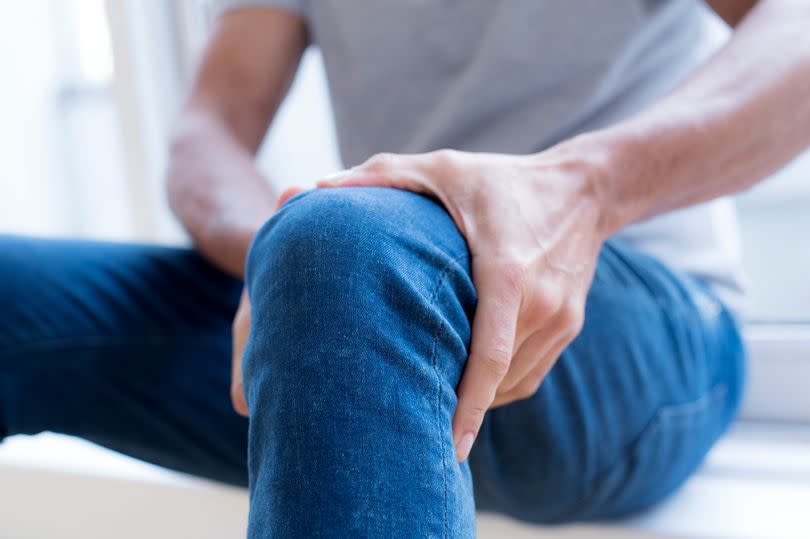High cholesterol: Six red flag signs that can appear in your legs

Six warning signs of the silent killer condition that can appear in the legs. Elevated cholesterol, also known as hypercholesterolemia, is a potentially fatal condition, where there's too much of a fatty substance known as cholesterol in your blood. Although it may not be problematic initially, over time it can increase your likelihood of developing serious health issues - including heart attacks and strokes.
The build-up of cholesterol can block arteries, keeping blood from flowing through properly. It poses a significant risk for cardiovascular disease which results in nearly 18 million deaths globally each year. In the UK, cardiovascular disease accounts for roughly a quarter of all fatalities.
The most troubling aspect is that high cholesterol often shows no symptoms; hence, it often remains undiagnosed, reports the Express. Most individuals only become aware they have elevated cholesterol levels following a medical crisis associated with it or if their GP conducts tests.
According to the NHS : "High cholesterol does not usually cause symptoms. You can only find out if you have it from a blood test."
However, there are certain alarming hints that could prove critical if noticed early on. One such indicator is the development of a condition called peripheral arterial disease (PAD).
PAD is a widespread condition where the arteries' fat deposits obstruct blood supply to the leg muscles. According to the NHS summary, this "restricts" circulation to the leg muscles.
While it doesn't always show symptoms, Peripheral Artery Disease (PAD) can cause signs that manifest in the legs. The NHS lists six such signs, including hair loss and ulcers on the feet.
Six such signs, as listed by the NHS, are:
A painful ache in the legs
Hair loss
Numbness or weakness
Ulcers (open sores) on your legs, which do not heal
Changing skin colour on your legs, such as turning paler than usual or blue
The muscles in your legs shrinking (wasting).
"The symptoms of PAD often develop slowly, over time," says the health body. "If your symptoms develop quickly, or get suddenly worse, it could be a sign of a serious problem requiring immediate treatment." Among these signs, a painful ache when walking is the most common.
It "usually" subsides after a few minutes' rest, according to the NHS. The pain can range from mild to severe and typically eases after resting your legs for a few minutes. "Both legs are often affected at the same time, although the pain may be worse in one leg."
Other symptoms of PAD can include shiny skin and erectile dysfunction. Having PAD also increases the risk of coronary heart disease, the leading cause of death among cardiovascular diseases in the UK.
If you're worried about your cholesterol levels, you should consult your doctor. To lower your cholesterol levels, the NHS recommends:
Eating less fatty food
Eating a healthy balanced diet
Exercising more
Stopping smoking
Cutting back on alcohol.

 Yahoo News
Yahoo News 
